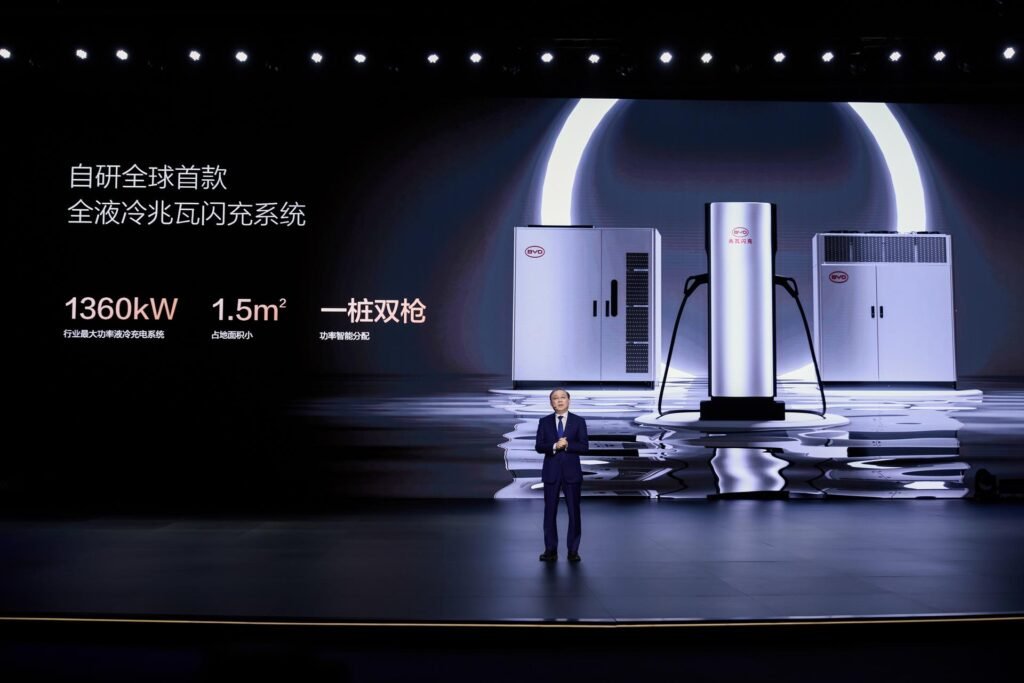BYD has unveiled a high-performance electric drive motor capable of reaching an astonishing 30,511 rpm, making it one of the most powerful mass-produced motors in the industry. This new technology is part of BYD’s latest 1000V charging system, setting a new benchmark for electric vehicle (EV) performance.

The advanced motor delivers an impressive 580 kW (778 Ps) per module, surpassing competitors like Xiaomi’s V8s 27,200 rpm motor found in the SU7 Ultra and Tesla’s Plaid S 20,000 rpm motor. Designed with N50EH high-energy magnets, the motor enhances magnetic performance by 18%, while a 0.2mm ultra-thin silicon steel sheet reduces iron loss. Additionally, a 10-layer short-distance winding design lowers copper loss by 21%, and dynamic balance precision is controlled within 50mg—far exceeding the industry standard of 100mg. To improve efficiency and heat management, BYD pairs the motor with its proprietary 1500V silicon carbide (SiC) power module and direct cooling refrigerant technology.
Despite its high-speed performance, BYD has chosen to equip this motor in its mid-tier Han L sedan and Tang L SUV—both designed for family use—rather than its high-end Yangwang U9 or U7 sports models. This unexpected move has sparked debate among consumers, with some questioning whether everyday drivers accustomed to traditional SUVs, like the Honda CR-V, will be able to handle such a powerful machine. Safety concerns have also been raised, with many hoping that BYD will introduce a tiered driving mode or a practice trial system, similar to Xiaomi’s approach, to gradually unlock the full potential of the motor.
Performance tests have already demonstrated the motor’s incredible capabilities. The Han L can accelerate from 0 to 100 km/h in just 2.7 seconds and reach 200 km/h in only 4.74 seconds. The Tang L follows closely behind, hitting 100 km/h in 3.6 seconds and reaching 200 km/h in 6.19 seconds. These figures make them some of the fastest family-oriented EVs on the market today.

As BYD continues to push the boundaries of EV technology, this latest development could mark a major shift in how electric performance is integrated into mainstream vehicles, blurring the line between family-friendly practicality and high-performance speed.
Photo BYD

















